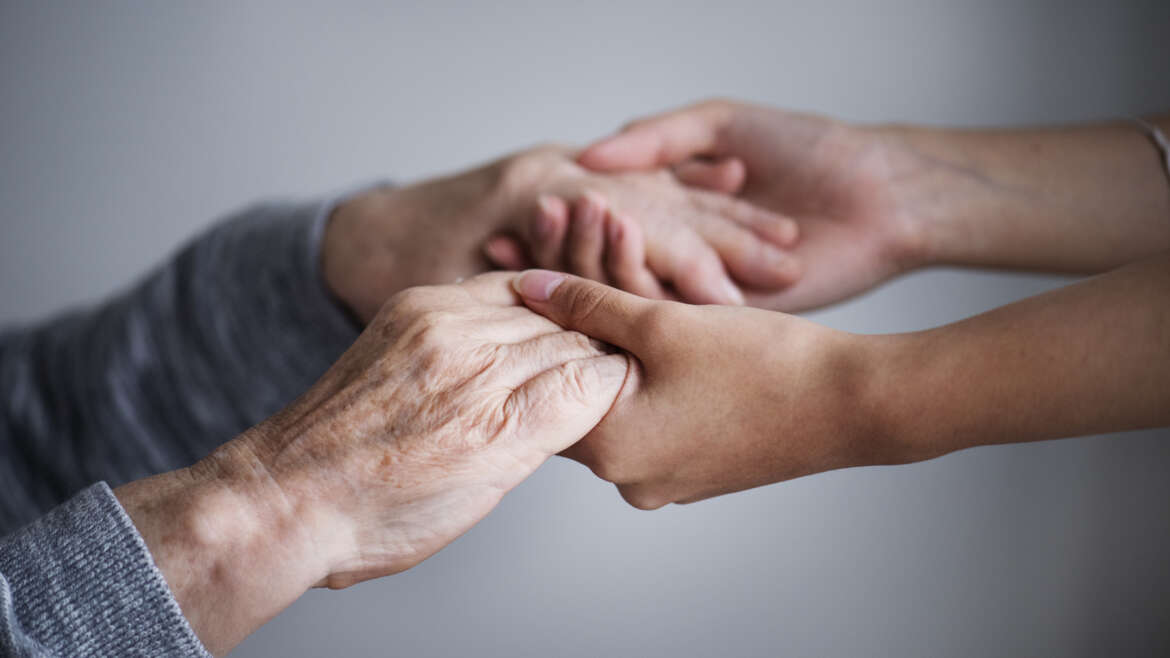According to epidemiological records, the elderly population is expected to double, or even triple, in the coming decades, making up a large proportion of the patients employed by specialists. At the same time, this population is particularly sensitive, due to immune, morphological or functional disorders of the skin. As a result, the clinical picture of common skin disorders changes, making it difficult to diagnose and treat. The therapeutic approach is made even more difficult by the presence of other pathological disorders that complicate the various therapeutic manipulations. That is why skin diseases, harmless at other ages, can lead to serious health complications for these patients.
The skin of the elderly produces less sebum and retains less water inside, due to the disruption of the skin barrier. The result is dryness and itching, which is often a major problem for these people. Also, the healing of wounds and ulcers is delayed and usually requires special care. The manifestations of age-related aging and photoaging in the face are improved by the application of medicines and invasive methods. Bacterial, viral and fungal infections, as well as parasites appear with strong symptoms that affect treatment decisions. Bladder autoimmune diseases interact differently from patients of other ages. Nail, hair and skin tumors are more common in the elderly. Sometimes, they have to be treated in a special way with special therapeutic combinations.


